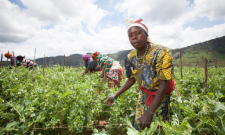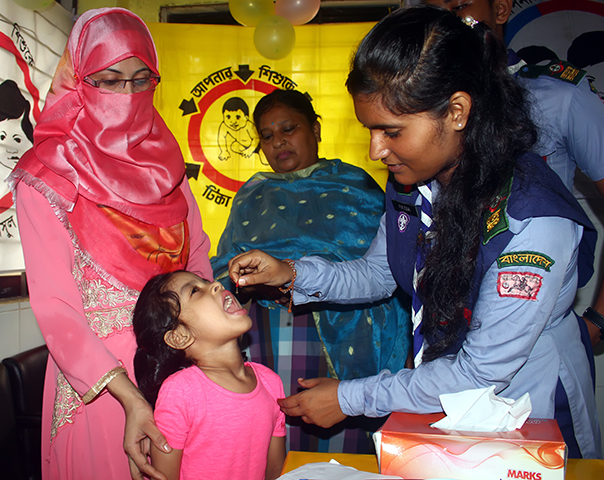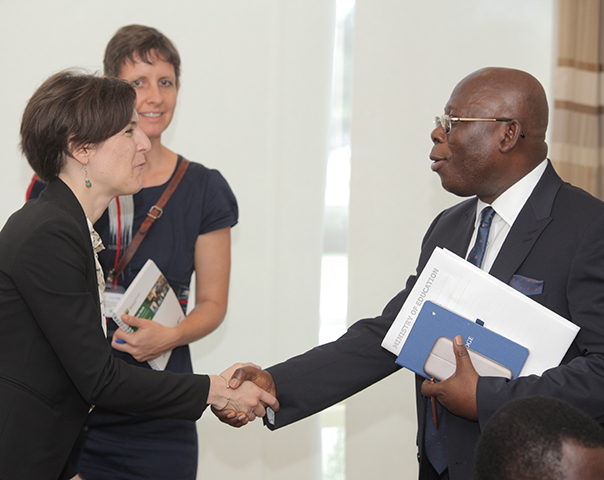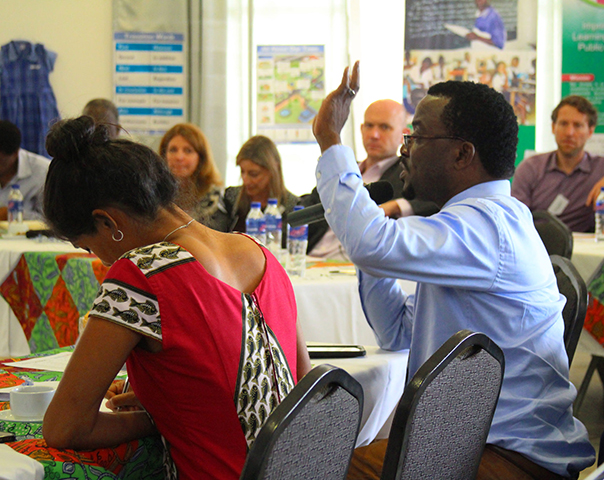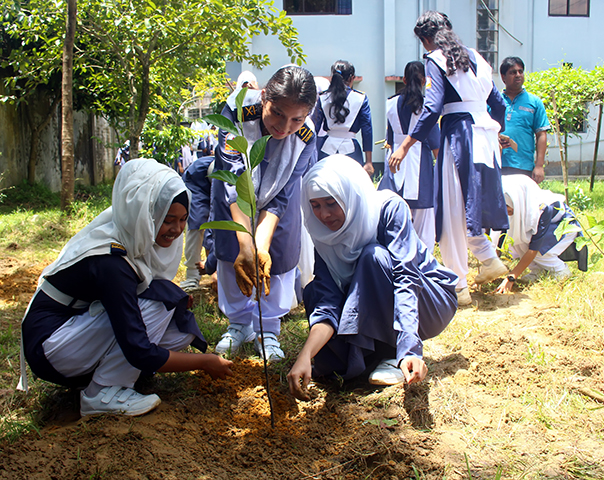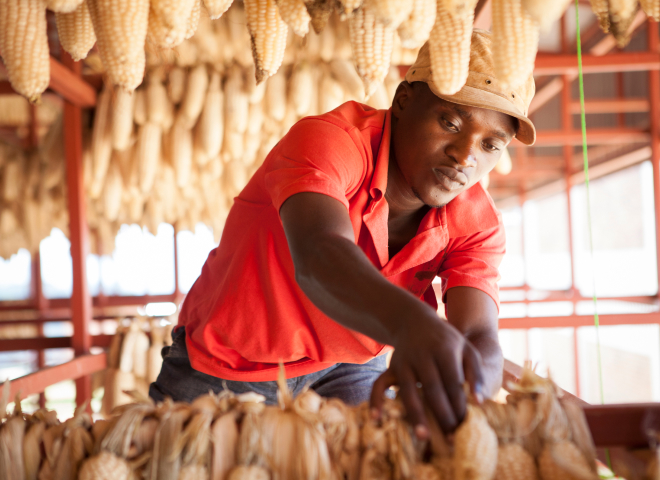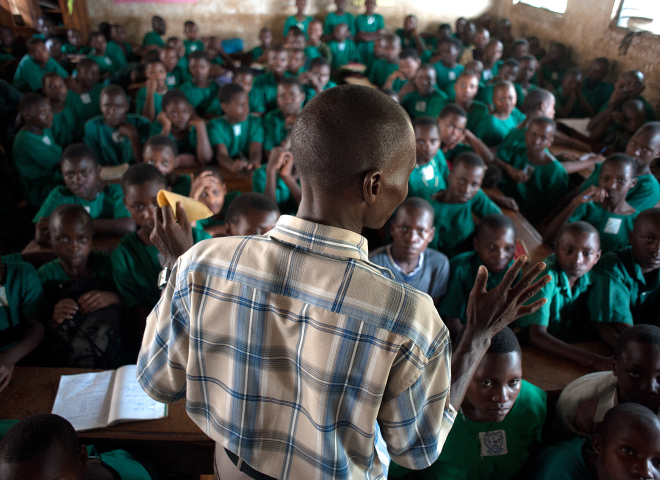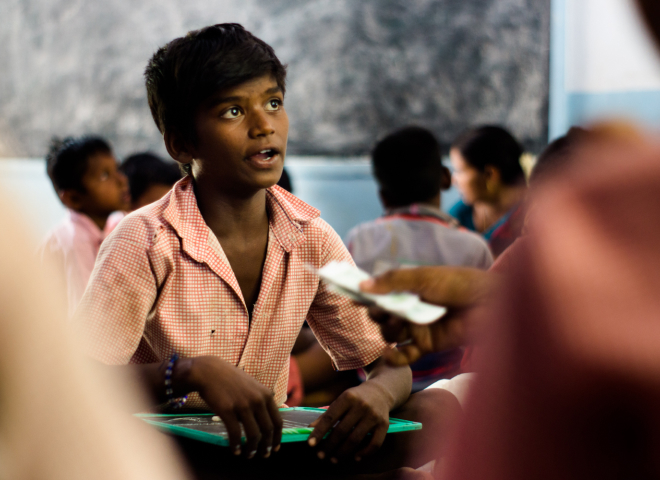The Effects of Mobile Money on Household Financial Resilience in Kenya
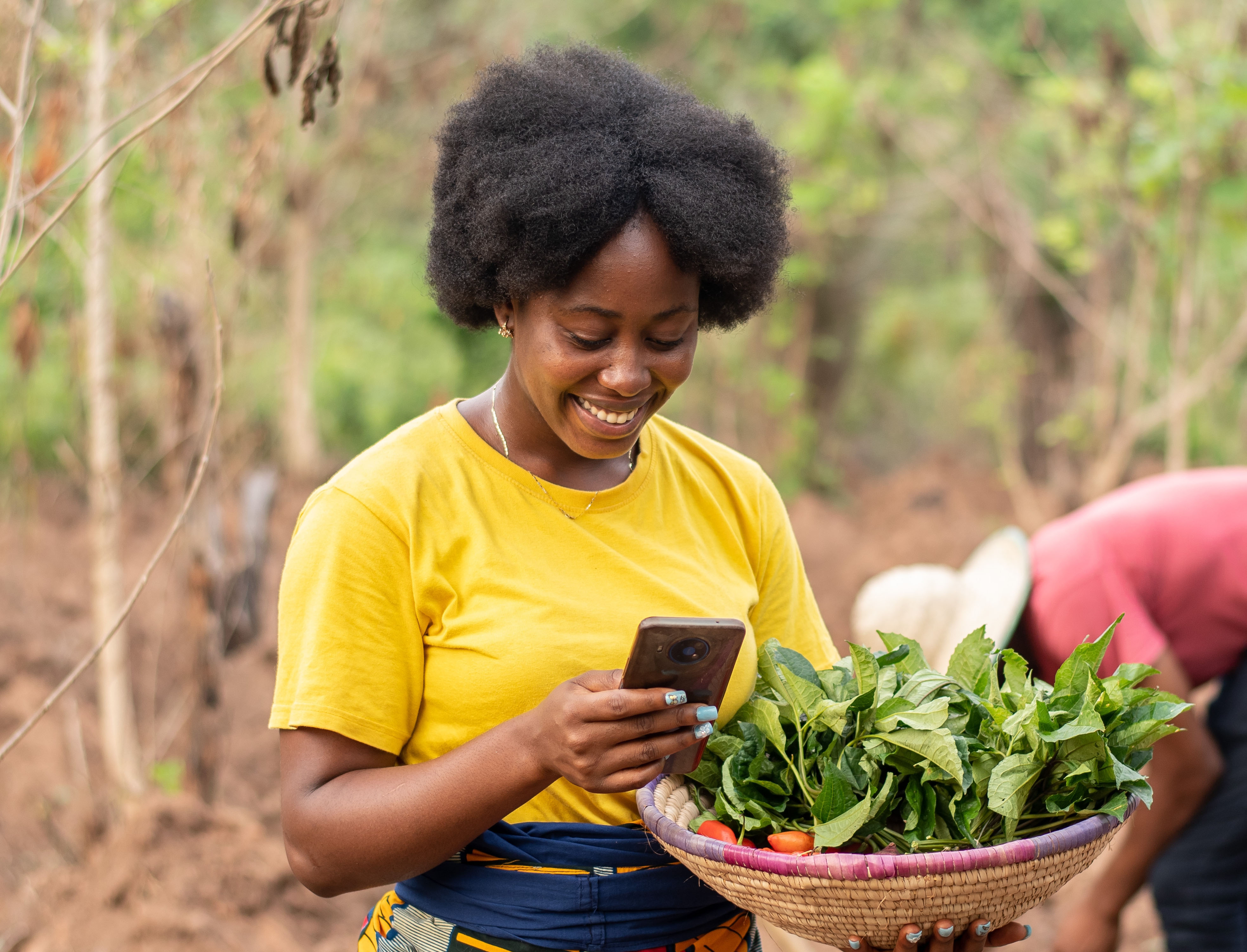
Abstract
Little research has explored the potential for mobile technology, and mobile money specifically, to improve the lives of the poor. In Kenya, where a widely-used mobile–based money transfer service, M-PESA, has dramatically reduced the cost of sending money across large distances, researchers evaluated the impact of the service on households’ ability to weather negative income shocks, such as illness or agricultural losses. They found that households that did not use the technology suffered a 7 percent drop in use of goods and services when hit by a negative event, whereas households that used the mobile money service did not experience a significant drop on average.
Policy Issue
Evidence suggests that many poor, unbanked households in developing countries rely on informal social networks as a form of insurance in the event of emergencies, illness, poor harvest or other economic shocks. Yet sending money to friends and family in need often comes with costs. In many rural areas of Kenya, for example, families and social networks are dispersed over large distances. Until recently, most households hand-delivered remittances or sent them informally through friends or bus drivers. This process was not only expensive, but fraught with delays and involved substantial losses due to theft. In this context, technology offered by mobile money—which dramatically lowers transaction costs and improves the efficiency of sending money—may increase the size and frequency of domestic remittances and, in turn, better enable households to “share risk” and weather rough patches. This research contributes evidence on this topic.
Evaluation Context
Mobile money is a recent innovation in developing economies. One of the first and most successful examples to date is Safaricom’s M-PESA, launched in 2007 in Kenya. Just four years after its launch in 2007, nearly 70 percent of Kenyan households had at least one account. The product’s rapid adoption was in part due to the growth of a network of small business outlets that provide cash-in and cash-out services (“agents”). The agents exchange cash for “e-money,” the electronic balances that can be sent from one account to another via SMS. In a country with 850 bank branches in total, roughly 28,000 M-PESA agents over the first few years dramatically expanded access to a very basic financial service—the ability to send and receive remittances or transfers. Not only are the actual monetary costs of the transfers lower, but the safety and certainty of the process have meant Kenyans can send and receive money at a substantially reduced cost.
Details of the Intervention
To study how mobile money has affected poor households’ ability to share risk and weather negative shocks, such as illness or agricultural losses, researchers analyzed data from a large panel household survey from a three-year period.
In September 2008, 3,000 randomly selected households across a large part of Kenya were surveyed. In the districts with adequate cell phone coverage and access to M-PESA’s services, researchers randomly selected 118 locations, 16 with at least one agent. In these 118 locations, they sampled ten households randomly from 300 enumeration areas to take part in the survey. Follow-up surveys of the same households were administered in December 2009 and June 2010. The surveys solicited information on basic household composition and demographics, household wealth and assets, consumption, positive and negative shocks, and remittances (both sending and receiving). The surveys also covered information on the use of financial services and collected detailed data on cell phone use and knowledge, as well as the use of MPESA.
Results and Policy Lessons
Poor households that used the mobile money service fared significantly better in times of financial difficulty than those who did not use the service. In particular, those not using the mobile money service saw on average a 7-10 percent drop in spending on goods and services in the event of a negative economic shock in the household, whereas M-PESA users experienced a much smaller and statistically insignificant drop in consumption when such events occurred. The effects of using M-PESA were most evident for the bottom three-fifths of the income distribution— this was expected, as wealthier users were likely to be able to smooth risk even before the advent of M-PESA.
How did households manage to weather these shocks? Those that used M-PESA were more likely to receive money, and they received more than those who did not use the service. The remittances they received also came from further afield and from a larger sample of network members. In particular, households were about 13 percentage points more likely to receive remittances, which on average, amounted to between 6 and 10 percent of annual consumption over a six-month period. These results highlight the importance of transaction costs when relying on financial contributions from family and friends for insurance. Mobile money appears to increase the effective size of, and number of active participants in, risk-sharing networks, seemingly without increasing other costs.
Overall, researchers concluded, mobile money has had a significant impact on the ability of households to share risk, and this is attributable to the associated reduction in transaction costs.



